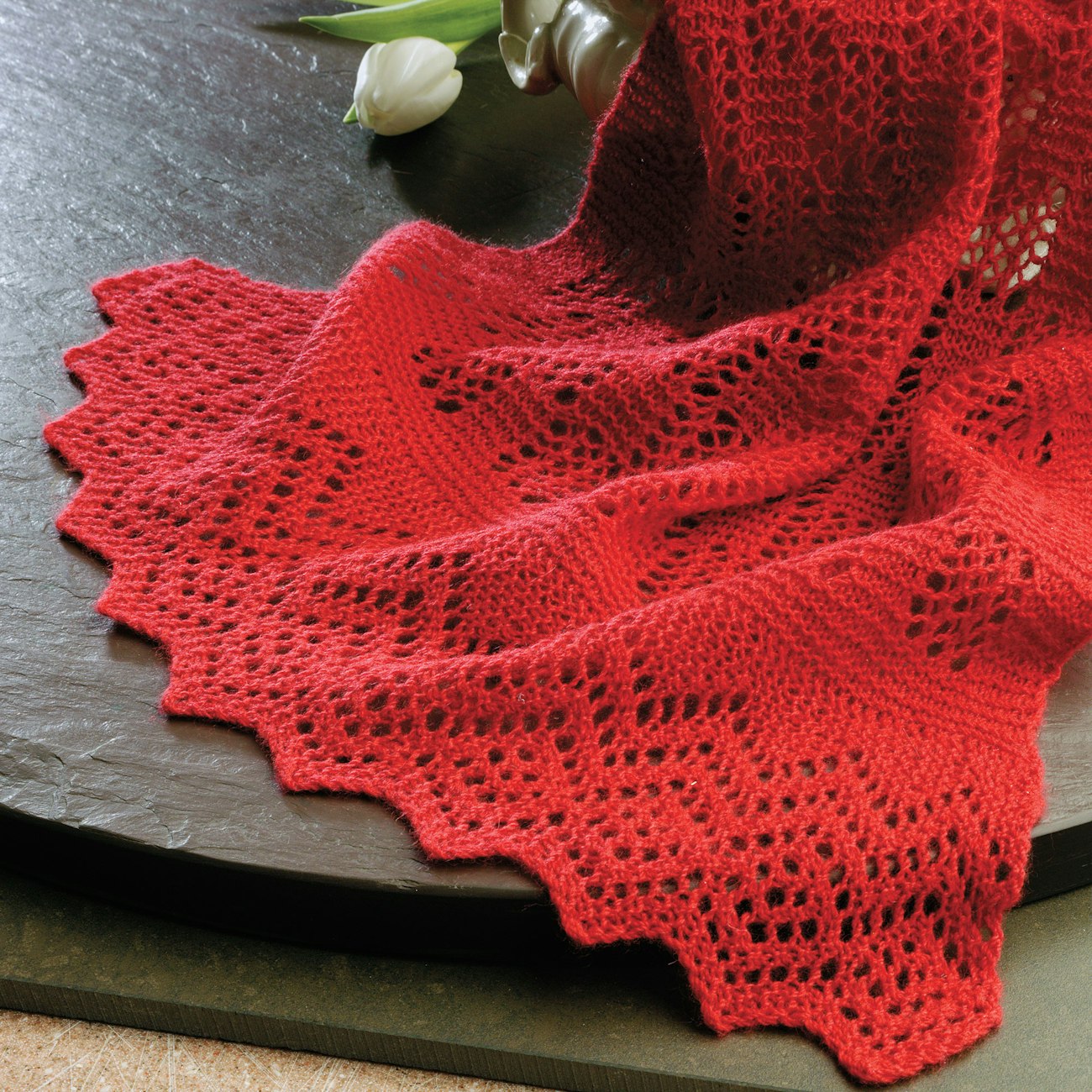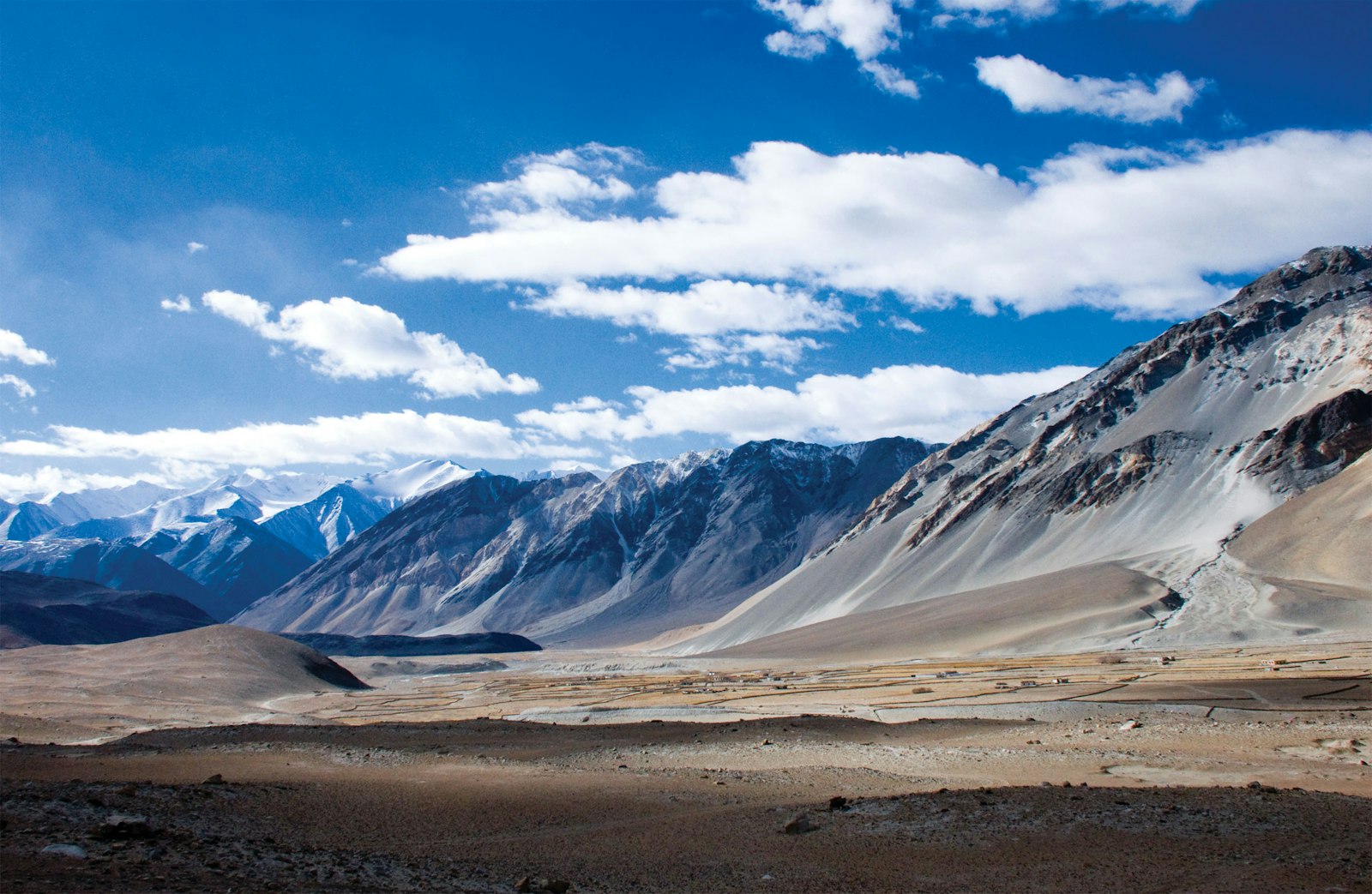I spent the past year in the Himalayas of Nepal, living closer to the land than I ever have before. In a farming village, you experience the interdependence of people and environment deeply. I saw how the changing climate affected the rhythms of moving sheep from high mountain meadow to lower pasture before winter. I understood what it meant for springtime hand-tilling of fields and for rice planting when the highest peaks didn’t receive enough snow during the winter. Shepherds and farmers across the Himalayas are experiencing the effects of a changing climate daily—and they are worried.
This past spring, I fulfilled a lifelong dream of visiting Kashmir. This part of India is often referred to as “Paradise on Earth,” and I don’t disagree. The fabled Shalimar Gardens and layers of startling blue Himalayas rising majestically behind Dal Lake didn’t disappoint. Walking the streets of old-town Srinagar, I discovered the occasional embroiderer, a few carpet weavers working side by side on giant knotted pile carpets, and piles of handwoven pashmina shawls—many delicately embellished with sozni embroidery. It was a gift to see these legendary artisans still at work.
 An embroidery artist at the Cultural and Arts Centre near Srinagar, Kashmir, embroiders a pashmina. Photo by Karen Brock
An embroidery artist at the Cultural and Arts Centre near Srinagar, Kashmir, embroiders a pashmina. Photo by Karen Brock
Impacts of a Changing Landscape
Kashmiri artisans I met in Srinagar are worried that traditional weaving and embroidery skills are fading as fewer young people choose to learn them. This threatens the survival of these craft traditions, and there are other threats, too. Environmental changes, like rapidly melting glaciers, are affecting mountain communities worldwide—including nomadic herders in Ladakh, in the Kashmir region, who depend on glacier-fed water. These herders supply much of the raw cashmere used for making pashminas, linking the environmental threat to the region's cultural heritage and economy.
What Can You Do?
Supporting projects that use cashmere helps fiber producers in the high mountains, and raising awareness through initiatives like the United Nations International Year of Glaciers’ Preservation can further aid their survival. In March 2025, Long Thread Media officially launched Cashmere on Ice, a fiber arts competition in collaboration with Wild Fibers Magazine, to support the International Year of Glaciers’ Preservation. Needleworkers like you can join us in raising awareness of the cost of melting glaciers on fine natural fibers. To participate, start by creating a handmade item from cashmere fiber or yarn. It can be a finished project, decorative piece, or artwork. Anyone can submit their project to be featured in the gallery, but to be eligible for a prize, the item must be handmade, made of at least 50% cashmere, and fit into at least one of the prize categories. To learn more about the contest and prizes, visit Cashmere on Ice.
Projects to Knit
To inspire you, we took a look through the PieceWork library for projects that take advantage of cashmere’s delicate touch. Here are a couple of lace beauties designed by our friend Galina Khmeleva in the Orenburg tradition to serve as inspiration.
Accordion Scarf from our May/June 2012 issue.
 Accordian Scarf by Galina Khmeleva. Photo by Joe Coca
Accordian Scarf by Galina Khmeleva. Photo by Joe Coca
Pine Tree Stole from the May/June 2014 issue.
 Pine Tree Stole by Galina Khmeleva. Photo by Joe Coca
Pine Tree Stole by Galina Khmeleva. Photo by Joe Coca
After you’ve created your original piece, please submit a picture of it to the gallery at Cashmere on Ice. The contest deadline is September 1, 2025, which will be here before you know it.
Thank you for joining us and for playing a part in supporting Indigenous shepherds, artisans, and the environment.
Karen Brock is the editor of PieceWork.

